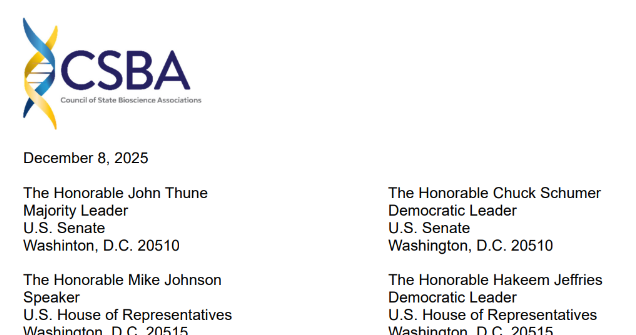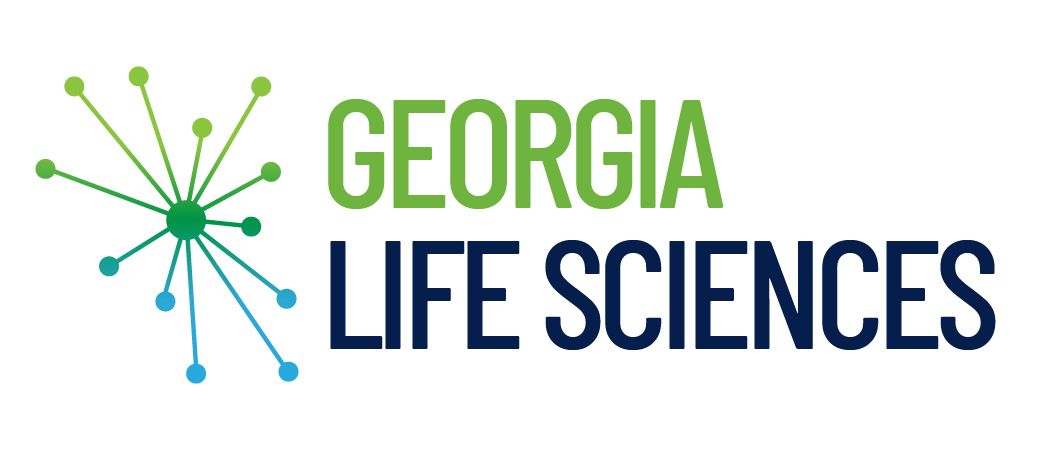American Red Cross: Celebrate Black History Month by Participating in a ‘Sleeves Up’ Campaign
February is Black History Month – a time to honor the significant achievements of Black Americans while making an impact today. This year’s theme focuses on the importance of Black health and wellness. The American Red Cross is honoring the legacy of Dr. Charles Drew, an African American surgeon, and researcher who pioneered new methods for collecting, preserving, and distributing blood, as well as storing blood plasma for transfusion. We work to celebrate his advancements by putting a challenge out to the entire Georgia Region.
“Dr. Drew’s work with the Red Cross Blood Program helped save the lives of hundreds of thousands of people,” said Dee Dixon, CEO of Georgia’s Red Cross. “With blood transfusions remaining one of the most critical treatments for patients with chronic illnesses such as sickle cell, I invite Georgians everywhere to continue Dr. Drew’s lifesaving legacy by rolling up a sleeve to give blood during Black History Month.”
No bloodmobile or space is needed to answer this challenge, making it especially convenient for students and organizations to get involved. Simply create your campaign online, and send an invitation to your friends and family members anywhere in Georgia to join you in donating blood and saving lives.
Participants can visit www.redcrossblood.org to enter their zip code and find/book a convenient blood donation appointment in February or upcoming months.
Once participants are ready to roll up a sleeve, we want to see it! We invite all campaign blood donors to snap a picture and share it on social media using the hashtags: #TeamUp4SickleCellGA & #BlackBloodDonorsNeeded .
Calendar opportunities for launching an inspiring Sleeves Up Campaign during Black History Month / American Heart Month include:
- African Heritage and Health Week – Feb. 1-7
- Rosa Parks Day – Feb. 5
- National Black HIV/AIDS Awareness Day – Feb. 7
- National Donor Day – Feb. 14
- Frederick Douglass Day – Feb. 14
- National Black Girl Magic Day – Feb. 15
- World Day of Social Justice – Feb. 20
- Black Lives Matter Day – Feb. 26
- Rare Disease Day – Feb. 28
Blood donations from everyone remain essential to the health of communities. However, African American donors play a critical role in meeting the need for blood – especially for those with sickle cell disease who often rely on closely matched blood products for regular transfusions. Individuals of all blood types are urged to make an appointment now to give blood or platelets in the weeks ahead by using the Red Cross Blood DonorApp , visiting RedCrossBlood.org , or calling 1 800-RED CROSS (1-800-733-2767) .
As an extra thank-you during Black History Month, those who come to give in February will receive a $10 Amazon.com Gift Card via email, thanks to Amazon.
The Red Cross is currently providing free sickle cell trait screening on all donations from self-identified African American donors in addition to a free mini health screening with insights on pulse, blood pressure and hemoglobin levels.
About the American Red Cross:
The American Red Cross shelters, feeds, and provides emotional support to victims of disasters; supplies about 40 percent of the nation’s blood; teaches skills that save lives; provides international humanitarian aid; and supports military members and their families. The Red Cross is a not-for-profit organization that depends on volunteers and the generosity of the American public to perform its mission. For more information, please visit redcross.org or cruzrojaamericana.org .
The post American Red Cross: Celebrate Black History Month by Participating in a ‘Sleeves Up’ Campaign appeared first on Georgia Bio.





